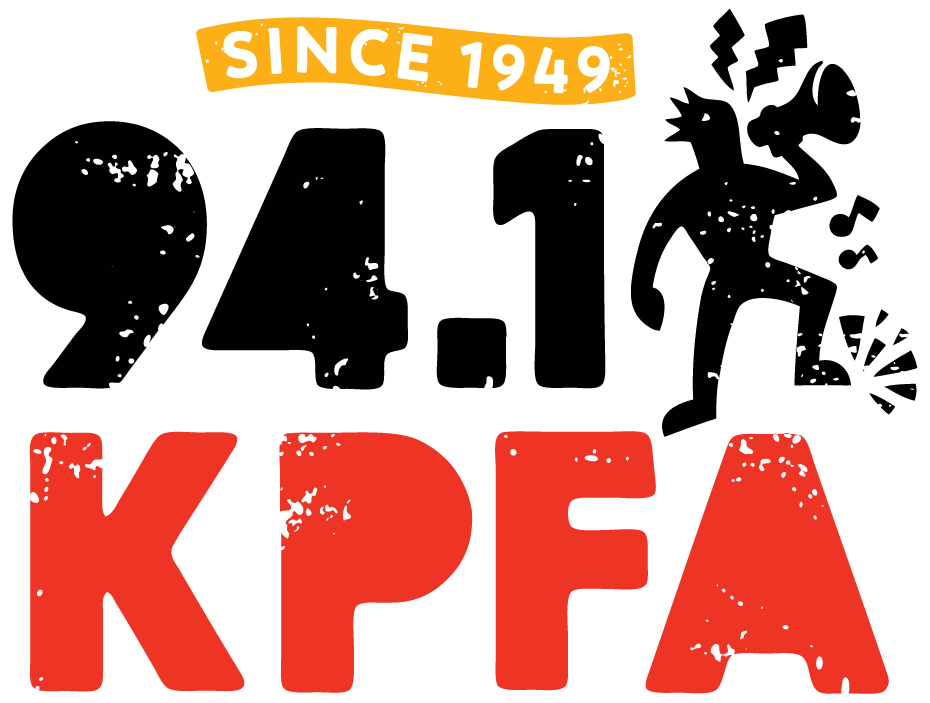“Border Cantos.” Today’s show features photographer Richard Misrach and experimental composer Guillermo Galindo. It is a celebration of “Border Cantos,” an extraordinary exhibit currently at the San José Museum of Art. In this unusual artistic collaboration, Misrach and Galindo “joined the forces of their respective media to document the unseen, human reality of the US-Mexico borderlands. Misrach views the border—marked by a multibillion-dollar corrugated steel fence—as a place where politics, nature, and culture collide in often tragic ways. His photographs show us the small, poignant traces of human presence—clothing cast off by migrants, kids’ backpacks, the Border Patrol’s ‘drag’ tires—that punctuate the vast and often threatening landscape. After learning that Galindo (a Mexico City-born US citizen) had stopped making regular trips to the border, Misrach began shipping him cast-off objects he collected on his photo shoots. Galindo transforms these scavenged items into instruments inspired by indigenous musical traditions from around the world. A discarded food can becomes the resonating chamber of an instrument modeled on a single-stringed Chinese erhu; empty shot gun shells are strung together to create a variation of a West African shaker” (San José Museum of Art). Galindo comments, “Richard’s photographs have become music and my music has materialized in his images. At this point one thing cannot exist without the other.”
In a review forthcoming in Caveat Lector, Jack Foley writes, “One might as well be gazing at a landscape of the moon—what we see is that different from the city that surrounds us. Misrach’s work may be called ‘revelatory’: it exposes us to something we hadn’t known before or hadn’t known in this way before. It is, in the best sense, in-formative. Galindo’s work, in contrast, might be called trans-formative. If the photographer’s work is stunningly literal, Galindo’s represents a sudden imaginative leap. The instruments we see—of various shapes, sizes, angles—resemble Robert Rauschenberg’s ‘Combines.’ Happily, the San José Museum of Art provides video of Galindo’s performances. Strange, haunting, deeply musical—sounds, remarks Galindo, ‘that we don’t ordinarily hear and don’t ordinarily think of as music’—impress us as, in effect, raising the dead, or at least the absent. Art crosses the border here into the realm of magic, and we might well be reminded that the climactic moment of the Catholic Mass—‘Hoc est corpus meum,’ ‘This is my body’—perhaps became a synonym for the practice of magic: hocus pocus. We feel as though we are hearing something ‘beyond.’ ‘In the pre-Columbian world,’ states Galindo, ‘there’s an intimate connection between an instrument and the material from which it is made. It is the medium through which the spiritual, animistic world expresses itself. All these instruments take their inspiration from that idea.’
“What does a ‘spiritual, animistic world’ sound like? You can certainly get a good idea by listening to these strange, wind-like, rhythmic, incantatory sounds. It is a music which is itself on the border between the avant-garde and the ethnic—between two worlds—and which, as the late poet Francisco X. Alarcón put it, crosses back and forth with the ease of a mariposa—a butterfly:
sueña los sueños
prohibidos de saguaros
nativos de esta tierra
it dreams the forbidden
dreams of the saguaros
the natives of this land”
(“Poema Sin Fronteras / Borderless Poem”)

